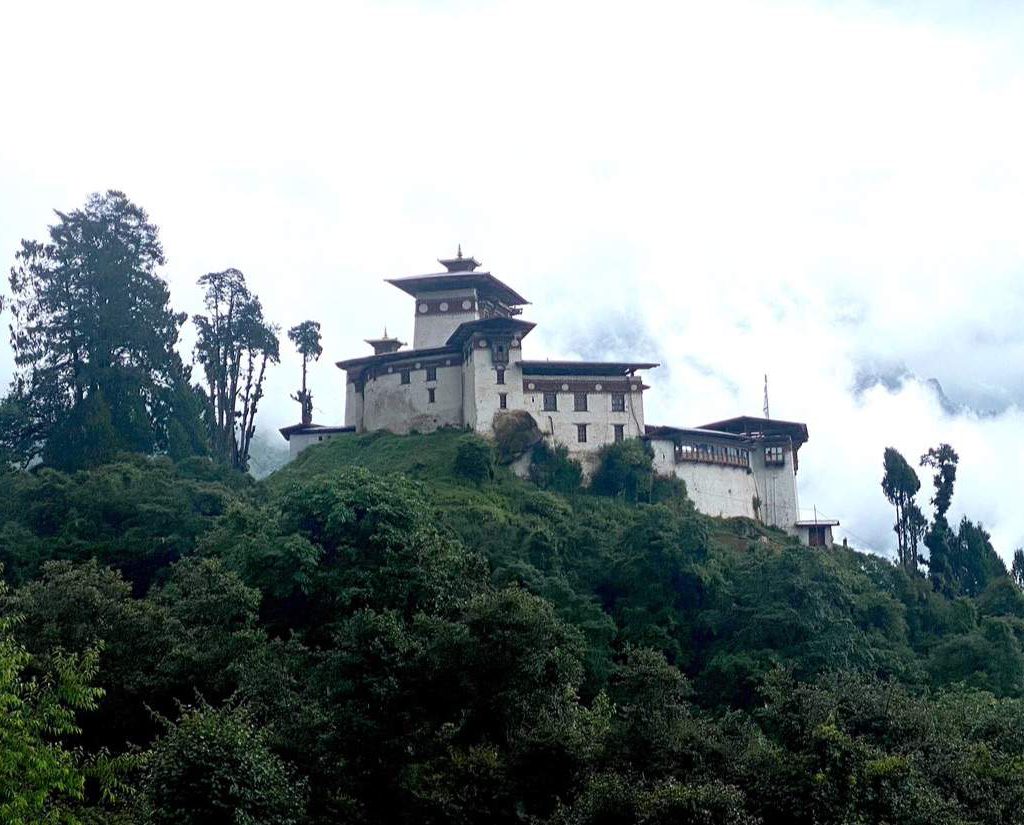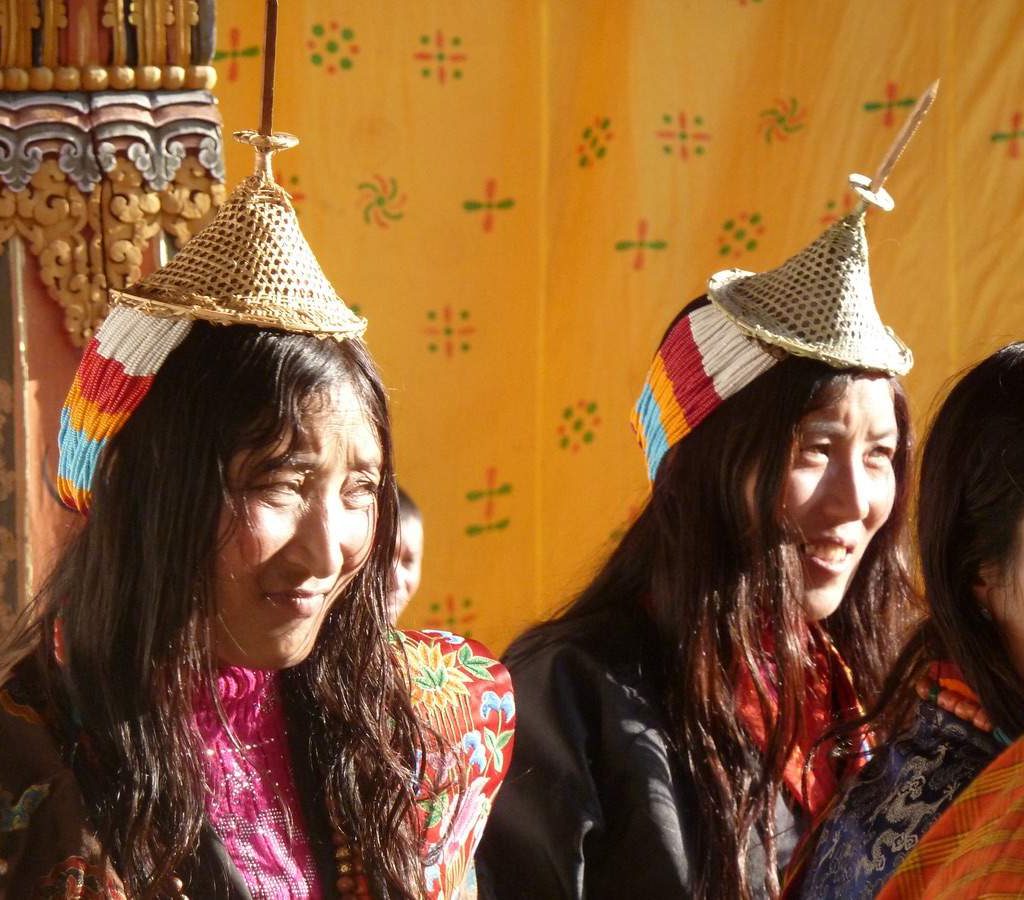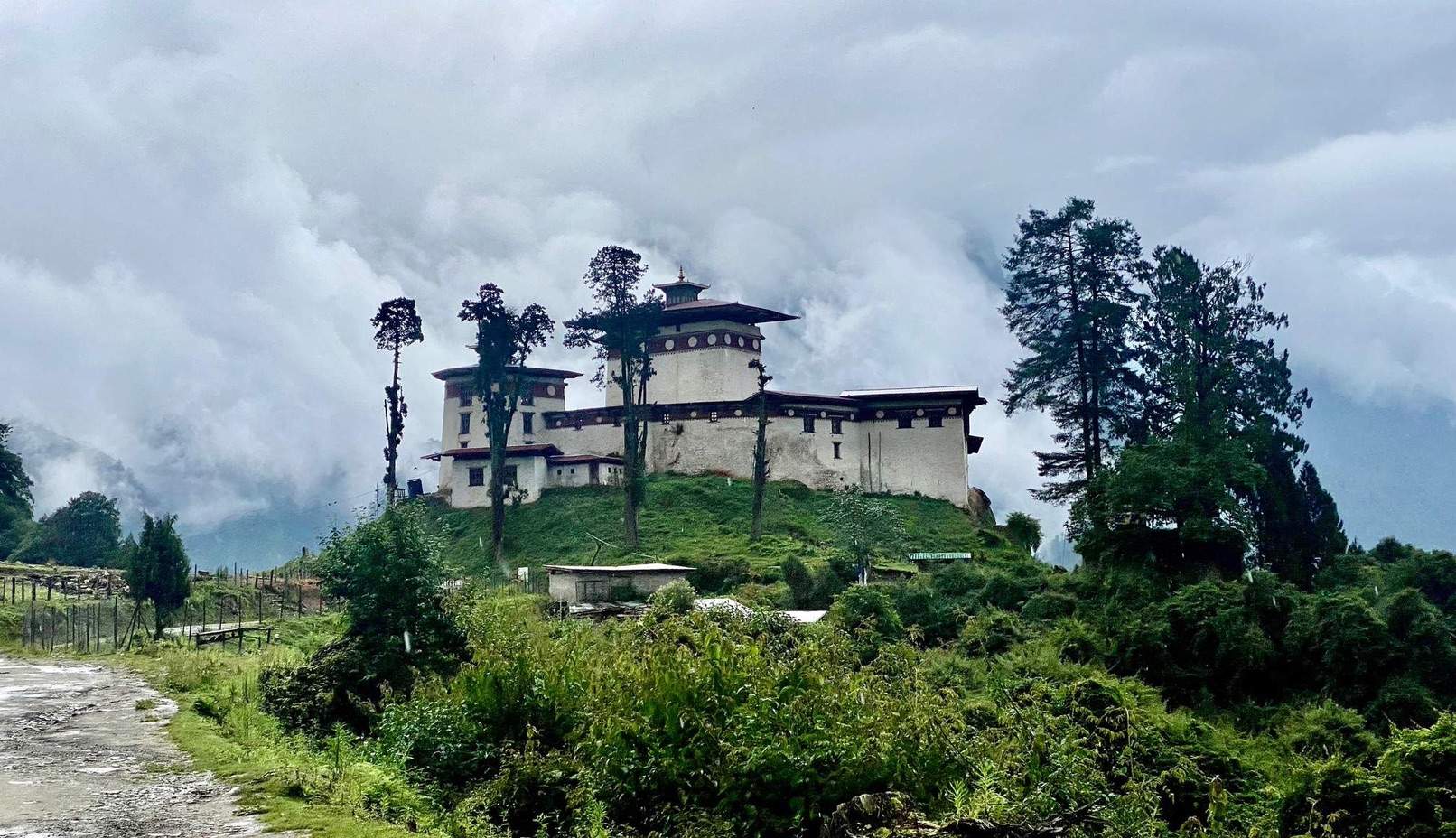Gasa
Gasa is one of the least populated and northernmost districts adjoining the districts of Punakha, Thimphu and Wangduephodrang. To its north is Tibet. It has a population with approximately 3000 inhabitants. The Gasa district covers a region ranging from 1500 to 4,500 meters above the sea level. Most of its part experience long and extremely cold winters and beautiful but short summers. The place is breathtakingly beautiful and is inhabited by the Layaps, nomadic herders with a unique culture. The main sources income of the Layaps are the products made from their yaks, such as yak hair textiles, cheese, butter and yak meat . They also harvest and sell Cordyceps.
The Gasa Tshachhu (Hot spring)
Note: Gasa Tshechhu was washed away by flood in the year 2021 and is currently under reconstruction
Situated close to the banks of the Mo Chhu River that flows through Punakha, the Gasa Tshachhu (hot springs) is one of the most popular hot springs both amongst the foreigners and local citizens in the country. The hot spring is located on the valley floor and is an approximately 3 hrs. drive through the newly made rough road. The route takes you through small villages, bamboo forests and beautiful mountain streams. Stunning view of Gasa Dzong, seated below majestic snow covered mountains can be seen on the way. The hot spring consists of three bath houses. One of the bath houses contains a large bathing pool and the remaining two each have two smaller pools and the water temperature varies in each pool. In order to ensure the cleanliness and hygiene, bathing facilities have also been provides.

Gasa Dzong
The Gasa Dzong is locally known as the Tashi Thongmon Dzong and the Dzong served as a defending barrack in the 17th century. The local name was given after the protecting deity of the region, Tashi Thongmon. The Dzong is uniquely built with a circular shape and three watch towers that are placed at strategic points. On clear days, the view of Mt. Gangboom adds on the beauty of the Dzong. The annual autumn festival is held here in this Dzong.
Laya Village
The Laya Village is situated at an altitude of 3800 m and the unique culture of the people of the village will mesmerize any visitor. It is amazing to know that these small ethnic group survived for so long in the area. It is a 3 nights trek to reach Laya. This village is covered if one is doing the beautiful Laya Gasa Trek or the Snowman Trek. The People of the village celebrate the Owlay festival, once in every three years and this is the time to experience the cultural richness of the village to its fullest.
Lunana Village
The Lunana Valley is the most remote part of the Gasa District. The inhabitants of the village make their living from yaks and sheep. These people are nomad people and have a good knowledge of medicinal herbs found in the Himalayas. Cordycep (Cordyceps sinensis) harvesting has become one of their most important sources of revenue in the recent years. It is a big experience to experience the culture and lifestyle of these Himalayan people residing amongst the glaciers.

Other Interests in Gasa
Gasa district provides one of the best and unparalleled platforms for nature trips. It has the country’s highest peaks along the border with Tibet and over a hundred glacial lakes at the foot of these mountain peaks which feed the two major rivers in the country, the Pho Chhu and the Mo Chhu. The place is still untouched by urbanization and the entire district falls under the Jigme Dorji Wangchuck National Park. Some of the rare flora and fauna species is found in this region and one can come across the Blue Sheep, Blue Poppy, Takin, Snow Leopard, Mountain Goats, etc. Anyone doing the snowman trek has to pass through these area. Gasa district also has other important religious monuments such as the ruins of the ancestral home of the 1st Deb Raja of Bhutan, Drophel Choling, Tenzin Drugyel Zabsel and Phulukha choetens, Throe Lhakhang, Yonzho Lhakhang, Dung Goemba, Jangchub Choling, etc. A trip to Gasa, though requires a good amount of hard work; however the trip shall be a lifetime’s experience.

